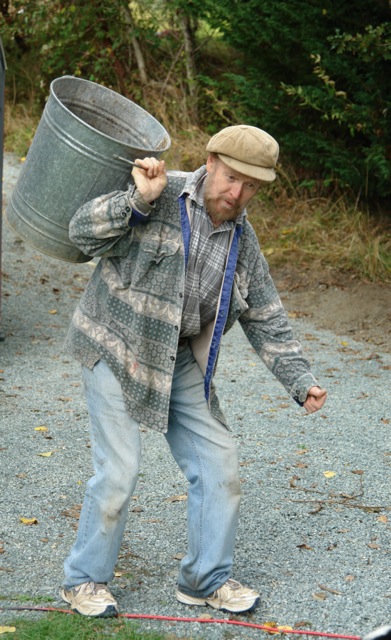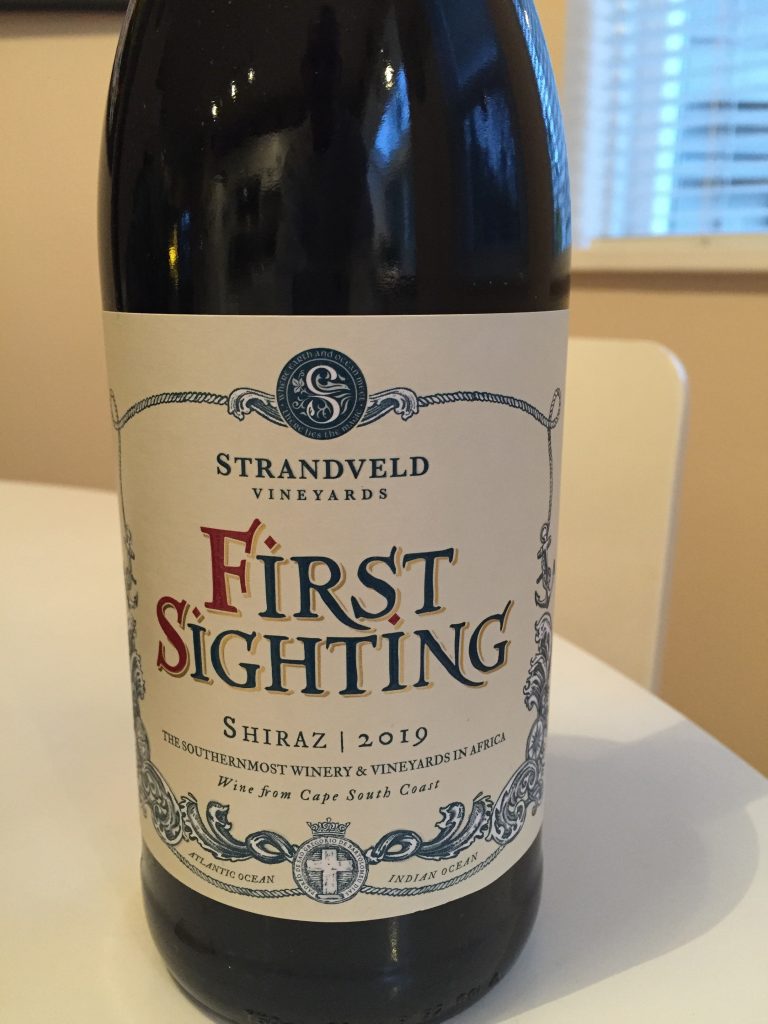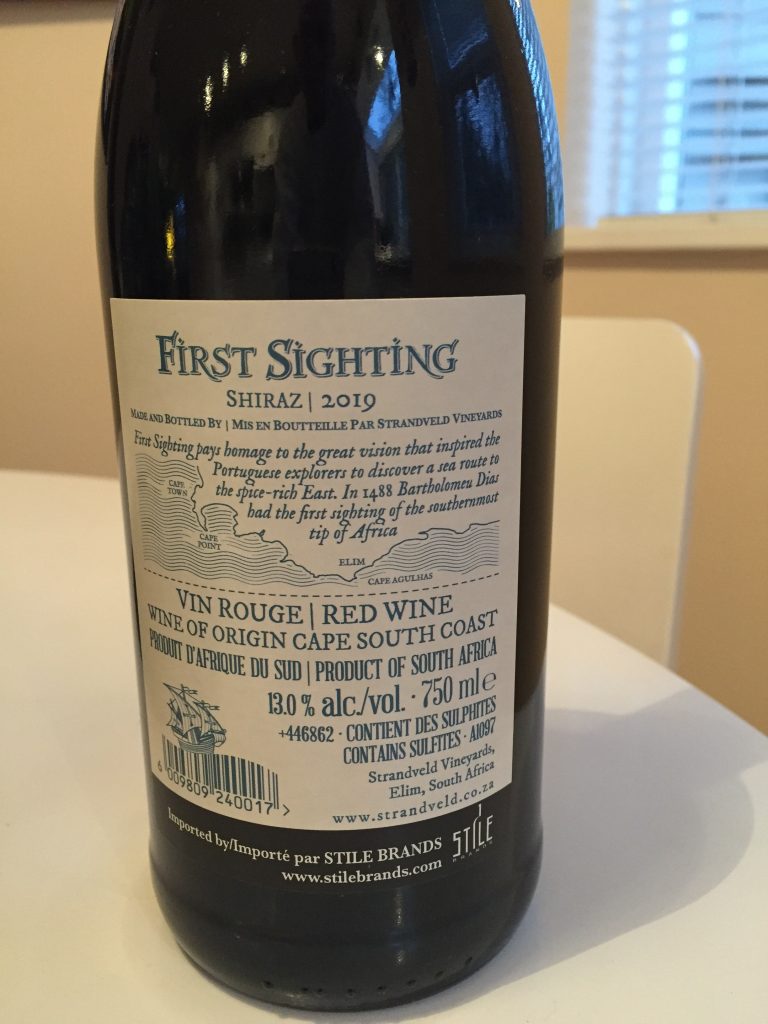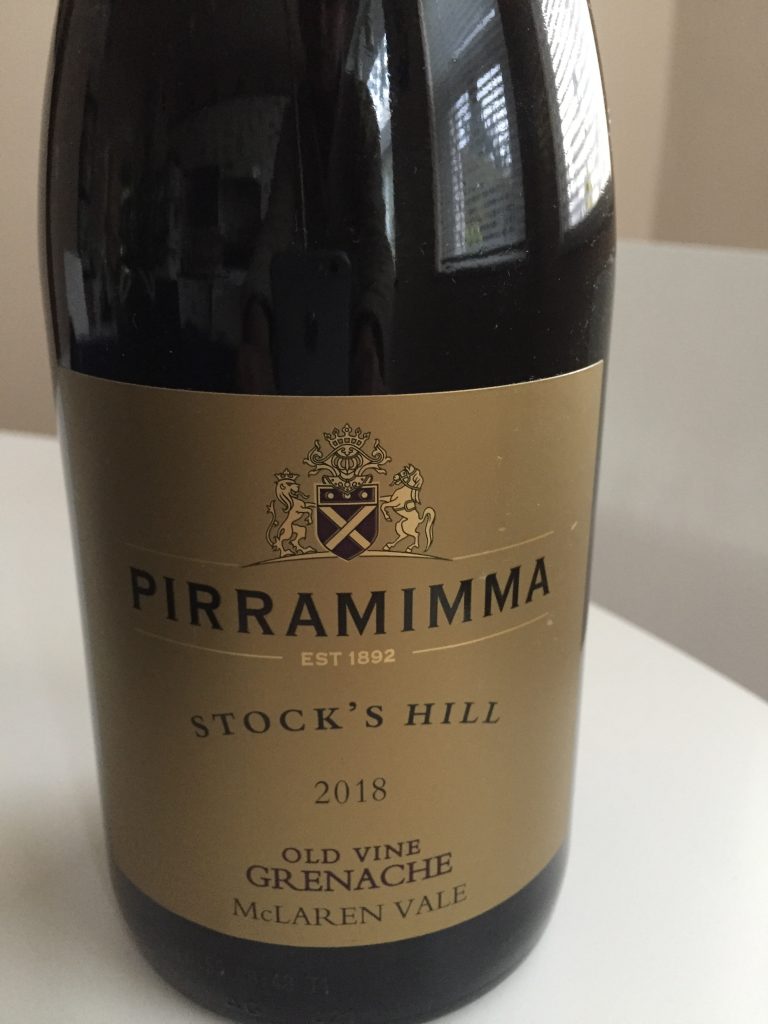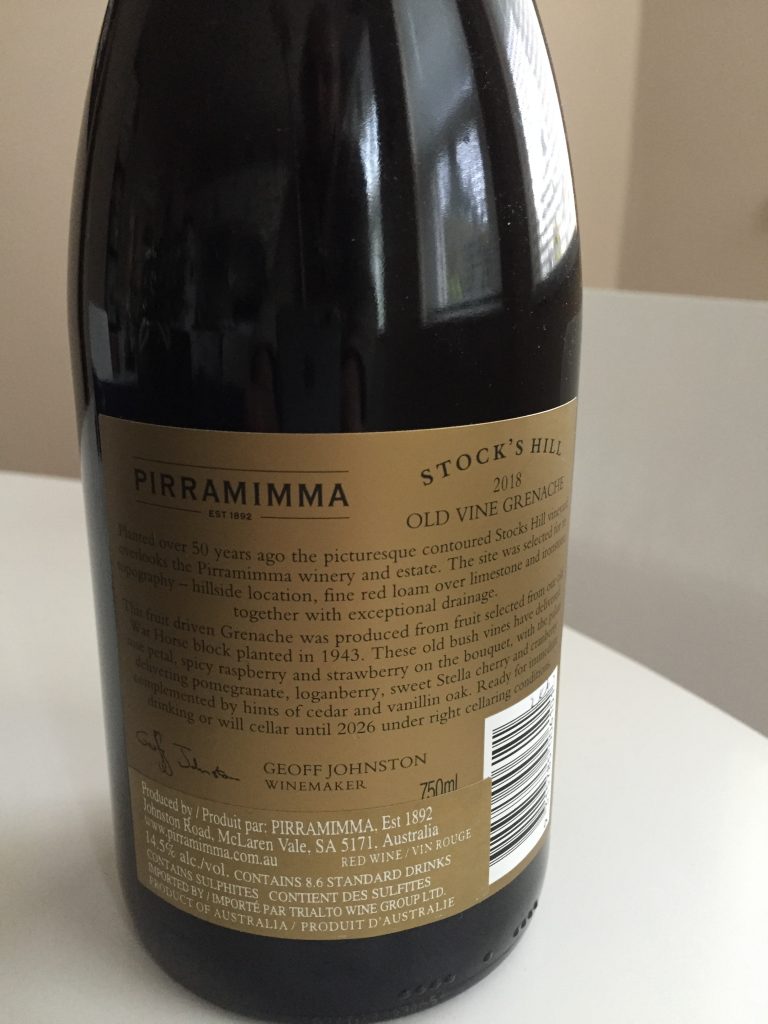Mid Phase
Early Phase was 30 years as part of the Irish Rovers folk group. Mid phase, as a writer.Messing About in Boats was written about certain happenings along the way. Tales of life. It starts with stories around life with the Irish Rovers and then backtracks to his misspent youth dreaming of being a sailor. There are stories of people he has met and will never forget.
A refreshing and amusing look into a celebrity’s life off stage. Will Millar is not afraid to make fun of himself while taking his Irish dignity out for a few public dunkings. Boats are a nifty metaphor for his foibles, pleasures and successes. Will had the courage and talent to do at least two things well that aren’t even tried by the timid. Music and laughter, stories, and now an accomplished painter.
Messing About in Boats
Will Millar
Out of Print.

